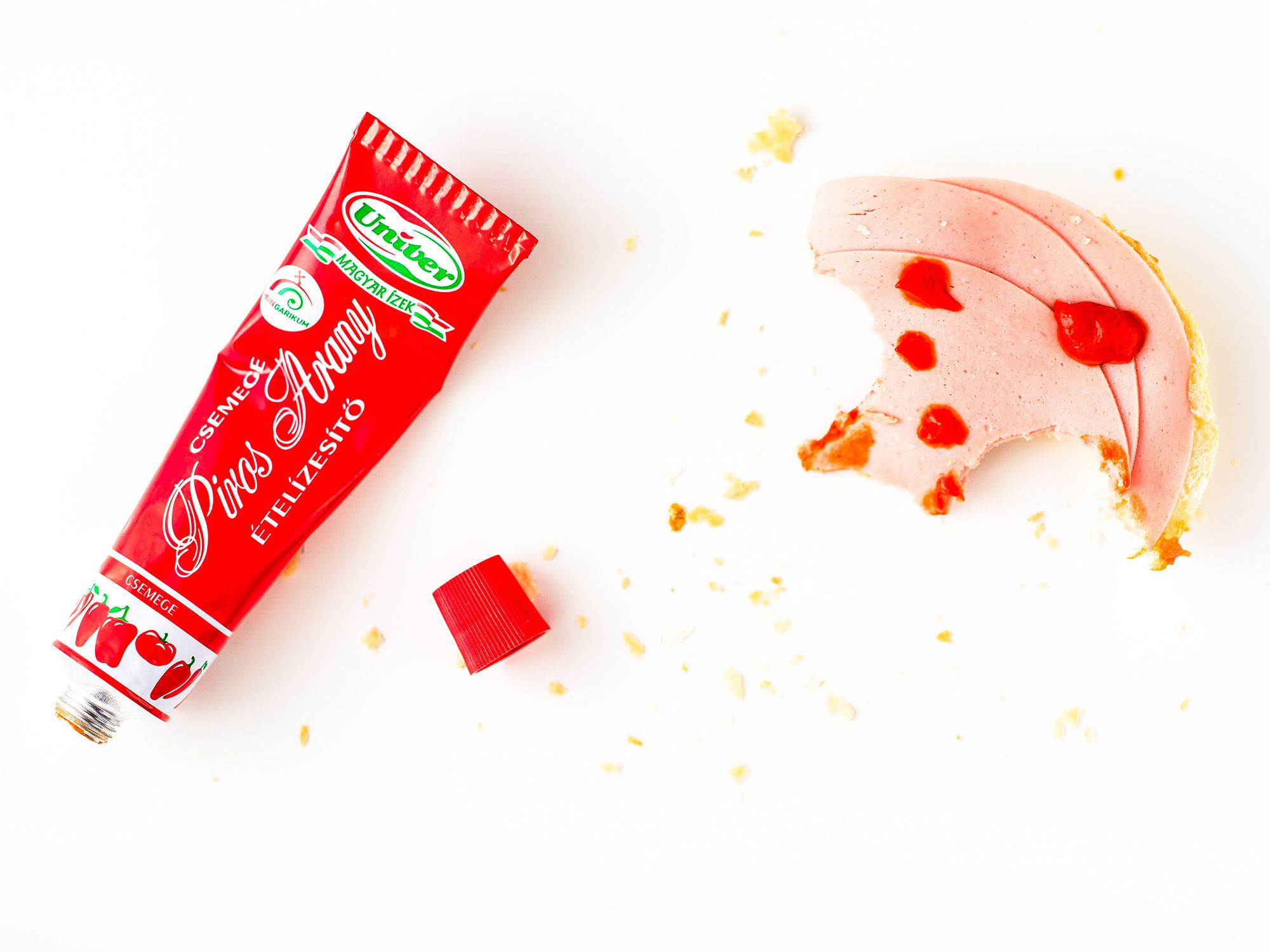Identical sandwiches with vividly red dots and rolls of ham stacked side by side as cold cuts on the buffet table—the emblematic Hungarian paprika paste Piros Arany or horseradish mayonnaise are condiments known by all locals, but there are several other flavors packed up in tubes that many of us kept in our fridges at the very least during certain phases of our lives. These iconic tubes have survived both the Hungarian regime change after the Communist era and the turn of the millennium; they’re the same they used to be—this is our topic in the second installment of our Büfé series.
Written by Bianka Geiger.
For most of our readers, remembering their childhood and looking back at the vibrant moments of summer vacations, camps and family trips might instantly conjure up the taste of retro sandwiches. Sure, each of us had our favorites (I, for one, am from the generation who had Medve sajt, an iconic Hungarian cream cheese specialty, in their sandwiches), but there always are generic combinations, which are evergreen favorites. It was easy to get inspired. In the seventies and eighties, sandwich making became a kind of sport here: fruit compotes, canned beans or corn, hotdog sausages and scrambled eggs were all placed on bread in the name of creatively salvaging leftovers (and cost-effectiveness). Snack sessions between meals were elevated in many ways—some, for example, gave a bit of zing to their toast by smearing sour cream mixed with Vegeta seasoning powder on it.

A shared thing in several personalized versions, however, is the use of pastes and spreads for flavoring as well as decorating purposes, with these condiments coming typically in an aluminum tube. These pastes (paprika paste, horseradish mayo, goulash cream, or pizza cream) were household staples for most Hungarian families—we used them for sandwiches, cooking, we brought them to summer vacations and then to the dorm in our university years as trusty accessories for our zero-budget culinary experiments. Their popularity has been unfaltering for more than fifty years: the Piros Arany (meaning Red Gold) paprika paste, for example, saw higher sales per capita in Hungary during a period in the eighties than toothpaste did.
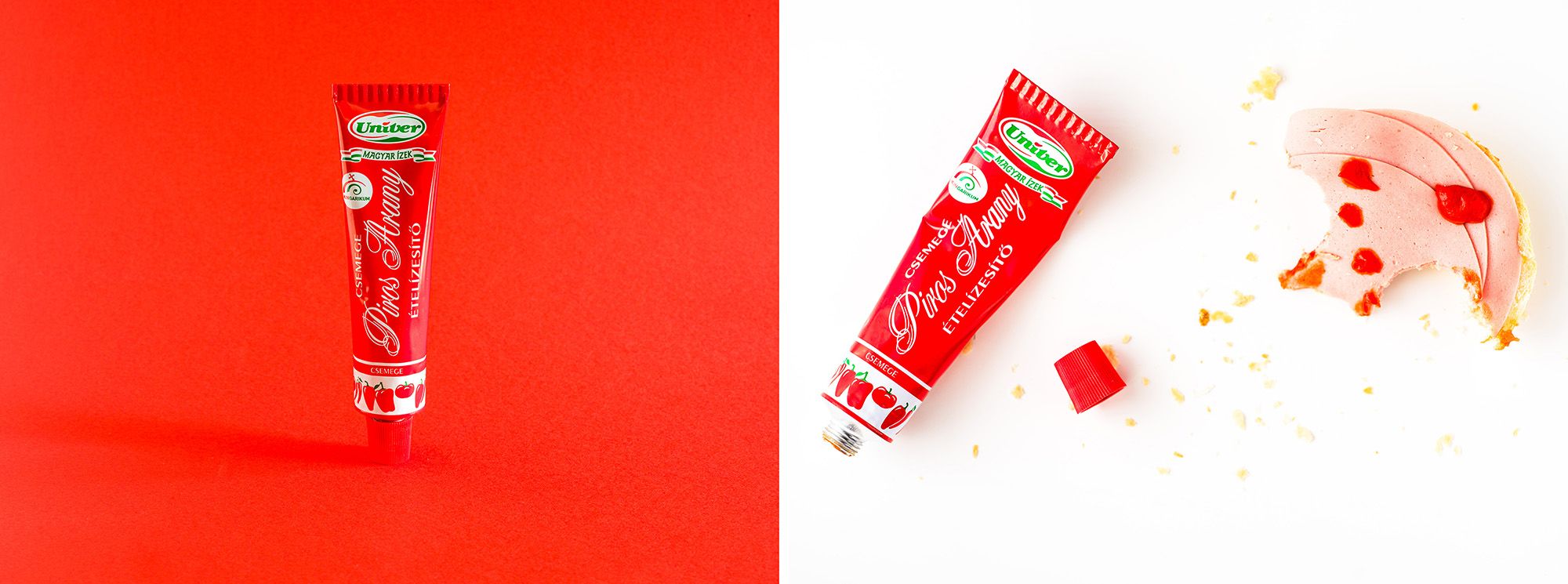
The reason is not the least surprising. The success was guaranteed thanks to the Hungarian trinity of spices: salt, pepper, and paprika, and the abundance of paprika-based dishes in the local cuisine. Nevertheless, the first product of Univer, one of the biggest suppliers of tubed delicacies, was not this iconic paste but horseradish cream, entering the market in 1965. The management commissioned an “innovation brigade” of chemists and food engineers to whip up new ideas. The reason being that various spreads were already made by home cooks, but these were often not preservable for long, or their quality deteriorated over time: paprika paste, for example, typically turned brown. The brigade, however, managed to come up with condiments that are available throughout the year, regardless of the season, can be stored and consumed easily, and maintain their condition for a long time.

The success of Piros Arany, which is now a Hungarian staple, lies primarily in the aforementioned factors and the method of preservation—the paste was made with cold preservation from the beginning, which is done without heat treatment that would change its red color, and involves a multi-step grinding-tapping-homogenizing process. This level of creaminess cannot be reproduced at home because it requires a special colloid mill. Another argument in favor of the product is that it’s made of domestic ingredients (Univer launched its own condiment paprika breeding program in 2010—The Ed.) combining both manual and machine labor. Although the recipe has undergone some fine-tuning, it still contains the ideal proportions of ingredients depending on whether you fancy a spicy or a normal version. Let’s not forget about the packaging, either: tubes were already a big hit in the seventies, so much so that millions of them were sold during this time, and a special aluminum container was manufactured for the company with a nozzle wide enough to be filled, unlike that of the variants used in the cosmetic and pharmaceutical industry. In addition to being practical, as we can squeeze out the exact amount needed, tubes are also vital for food safety reasons. The tube stops the paste from oxidizing, ensuring it lasts longer and that it’s not contaminated by pathogens.
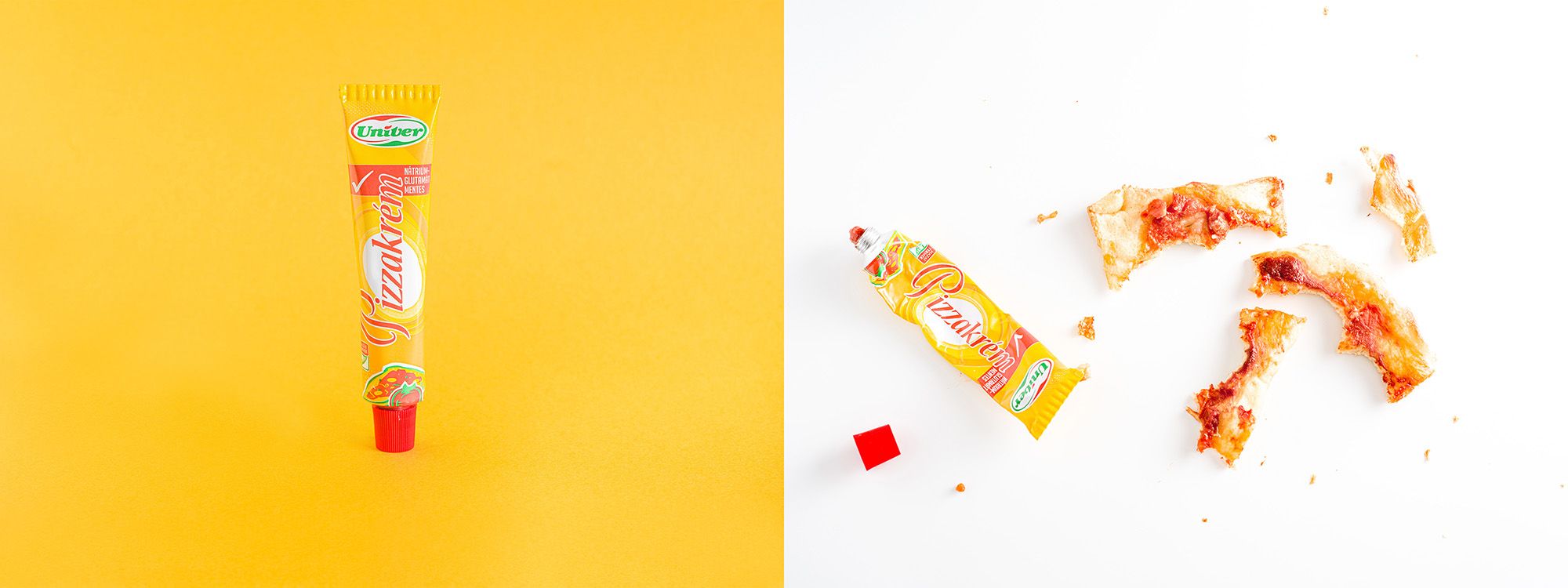
Goulash cream and pizza cream appeared on the shelves as reconceptualized versions of the base idea, recommended for cooking, but like most things, we didn’t necessarily use them according to instructions. As for the goulash cream, there are several recipes going around that involve cooking spaghetti, thinning goulash cream with its cooking water, and pouring this sauce on the pasta along with grated cheese. Pizza cream has become a surefire cure to hangovers, served on a slice of white bread with leftover mozzarella and heated in the microwave oven. But we could also mention horseradish mayo mixed into egg salad or wrapped in ham rolls, which debatably borders on being a gourmet dish. This attitude, by the way, is recognizable with all such products: since they’re accessible so quickly and easily, they’re a kind of “survival snack”, evoking the ease of childhood. And besides their simplicity, tubed pastes also made their way into our hearts with their aesthetics—who would say no to a sandwich with geometrically arranged slices of ham, cheese and pepper, and just a single dot of flavoring paste in the middle?
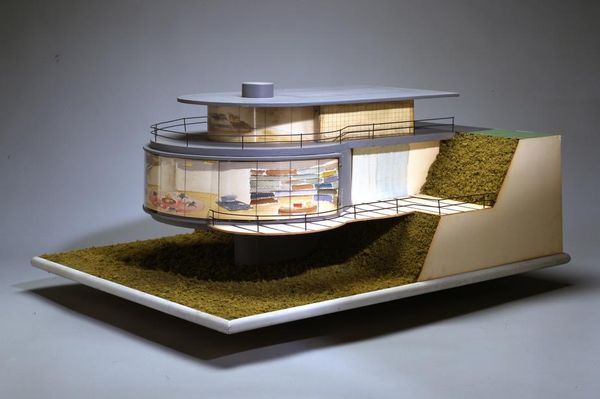
The Hungarian designer employed by American billionaires | Paul László
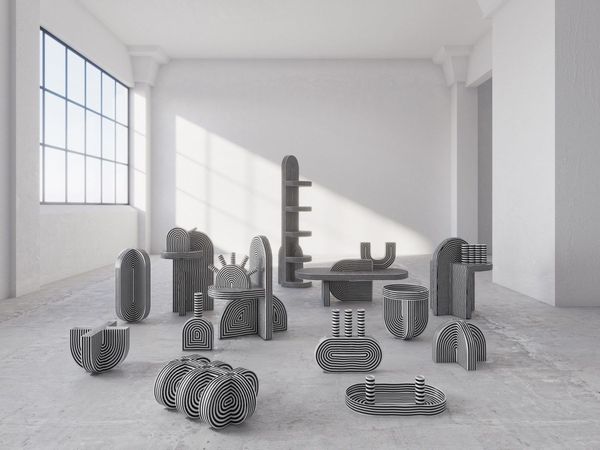
Contrasts in space and emotions | Richard Yasmine










